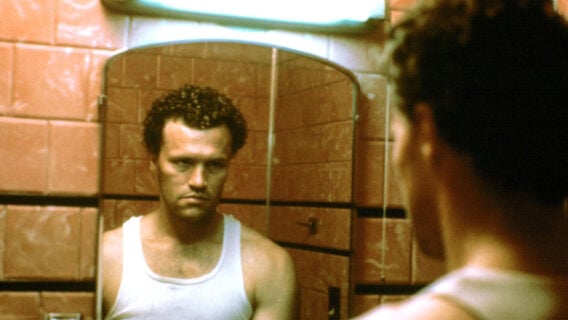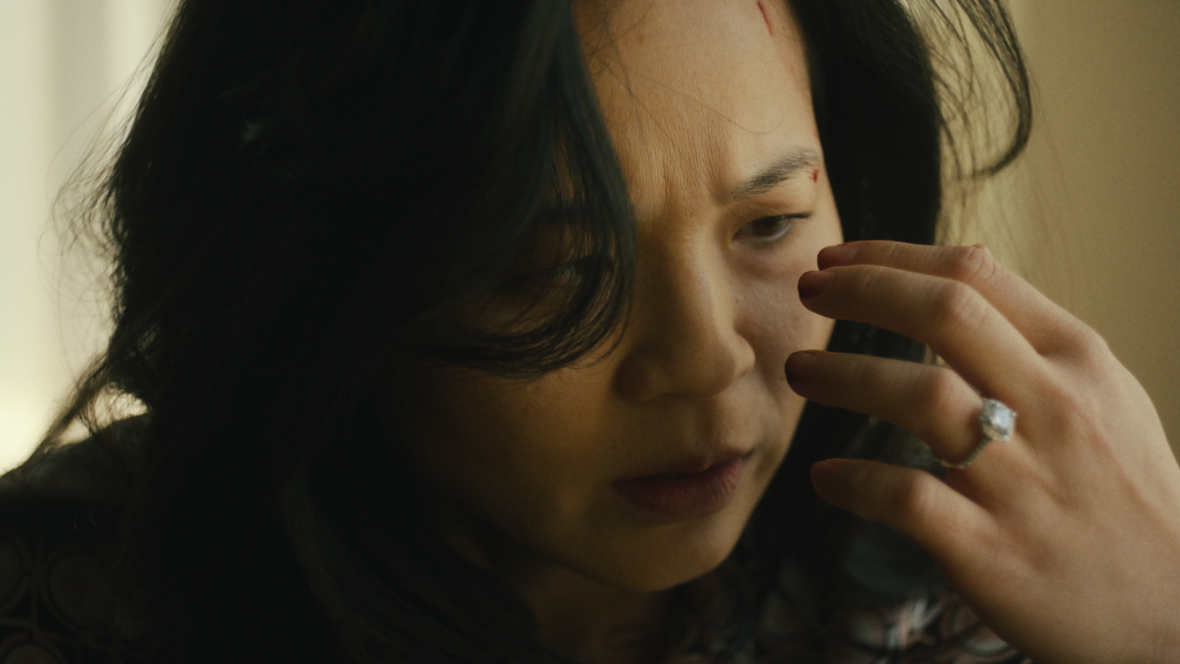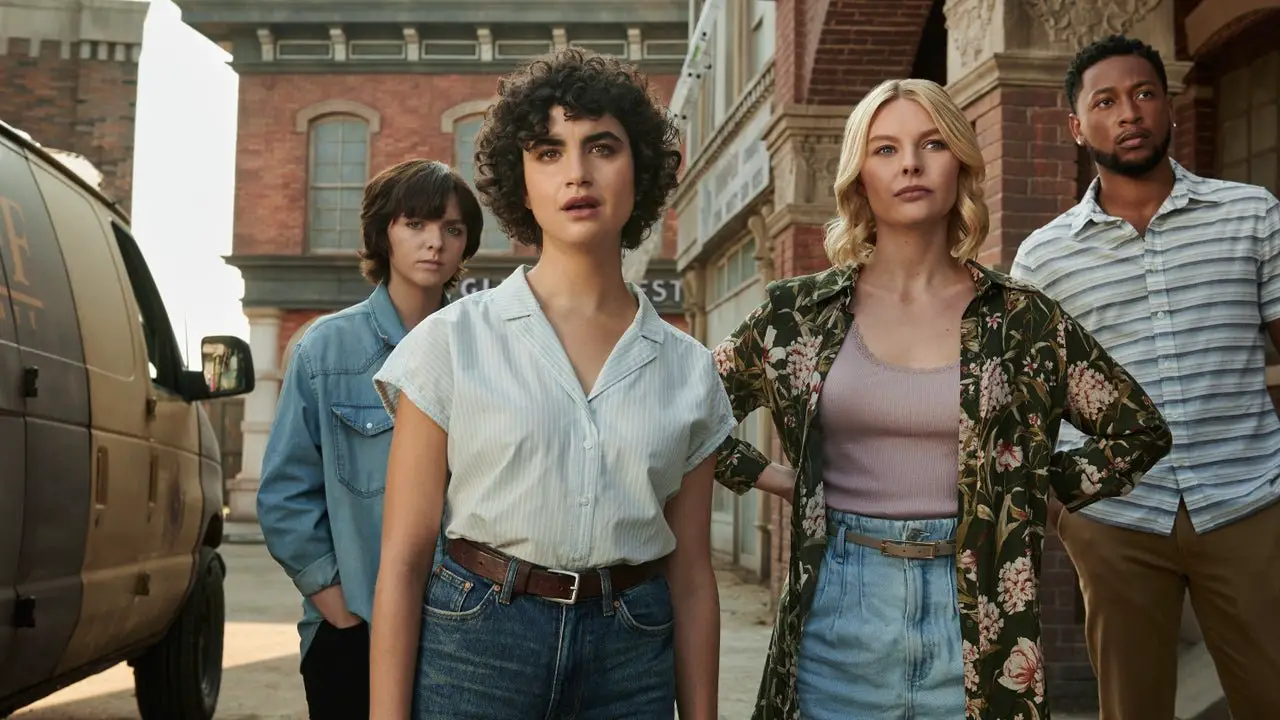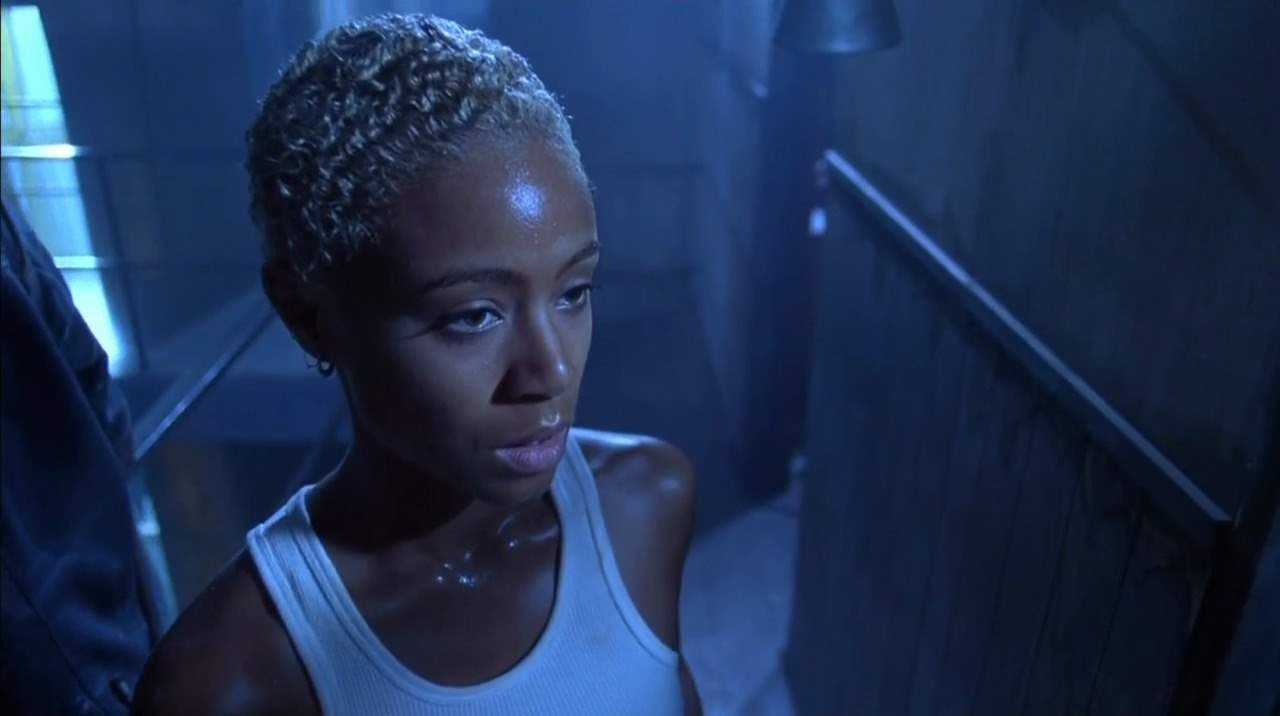
Different people are scared by different things. Here in the South, I know plenty of mothers (it’s always mothers) who will not, under any circumstances, watch a “Devil” movie. They’re not even particularly devout, but the mere utterance of Old Scratch’s name is enough for them to swear off those movies lest they (I imagine the theory goes) invite that same energy into their house. Some audiences love ghosts, some don’t believe in them. Some horror fans pretend they’re not, arguing they’re the biggest fans of “psychological thrillers” before name-dropping the most conspicuous horror movie there is. Others, it seems, prefer to stick to the tried-and-true, emphasis on true. They actively seek out horror with its roots in reality. Good, old-fashioned true story horror.
Here at Dread Central, we’ve looked at horror movies with that infamous preamble, “Based on a True Story,” unpacking movies that exploited the conceit despite no verifiable links to anything real. Often, “true” horror is only marginally true. A murder happened once. This movie features a murder. Ergo, it’s based on a true story. No, not really, but as a marketing tactic, and additionally the cultivation of a kind of cinematic urban legend—I still have peers who think The Strangers really happened—it works.
However, there is a different kind of “true” horror movie, films that actually recount and dramatize real events. These movies are altogether different, regularly culling real names and events, fictionalizing them to some degree for mass consumption.
The merit there remains a point of contention. Some find them terrifying, necessary opportunities to confront the real-life terrors omnipresent in our world. Think extreme horror fans—there is value in the unpleasant. Others question the ethos of such adaptations, arguing, perhaps, that while there is certainly an impact, it’s ephemeral at best. The ostensible value isn’t really there at all, and muted, detached portrayals of real violence serve only the creator. True crime documentaries, for instance, are regularly derided as little more than flashy vehicles to buttress a killer’s name, granting them posterity via miniseries when, in a more equitable world, the emphasis would be on the victims. Think the frightened moviegoer and her friend in Scream 2:
“That’s it. I am not going back in there.”
“Come on, you chickenshit. It’s just a movie.”
“No, it’s not just a movie. It’s a true story. All these kids got killed a couple years ago in California.”
In the world of Scream, audiences can clearly see how distasteful the Stab movies are. In our world, the ethics aren’t so clear. For better or worse, depending on where you land, these movies are here. Below, you’ll find five of the scariest true horror movies there are and where to stream them. A general content warning applies to every feature below. These aren’t Halloween.
Snowtown (AMC Plus)
Justin Kurzel’s Snowtown is largely the impetus for this piece. Earlier this month, Jourdain Searles tweeted about Snowtown after catching Killers of the Flower Moon, a feature that, while not quite horror, similarly commits to its matter-of-fact depiction of extreme, yet real, violence. Kurzel’s feature follows three boys and a fourth accomplice as they commit the infamous Snowtown Murders, a series of 12 killings whereby men and women were kidnapped, tortured, killed, and disposed of, often in barrels. The boys believed the victims to be pedophiles or homosexuals, a conspicuous mask for the savagery of their crimes. Snowtown was critically acclaimed, though for some (say, a queer horror writer) it’s certainly harder to watch, and all that harder to find any value in the recreation of real death.
Henry: Portrait of a Serial Killer (Freevee)
On account of Michael Rooker’s performance, John McNaughton’s Henry: Portrait of a Serial Killer is arguably the closest thing to genuine, brutal art on this list. Chronicling a period of real serial killers Henry Lee Lucas’ and Otis Toole’s time together, it’s a stripped-down, low-budget slasher whose violence hits hard. It’s one I can stomach (though just barely) on account of the sheer savagery on display. More than most, too, it actually has something to say. Serial killers are not glamorous. Violence is not fun. It’s an ugly, mean movie, and probably something a few true-crime podcasters (and maybe Ryan Murphy) should revisit.
Lords of Chaos (Prime Video)
Jonas Åkerlund’s Lords of Chaos similarly bludgeons its audience with shocking, real-world violence with intent. Chronicling the inception of the Norwegian Black Metal band Mayhem, Lords of Chaos makes it very clear that these boys, and this scene, were polluted from the start. Band members die by suicide, commit savage homophobic murders, and guitarist Euronymous (an incredible Rory Culkin) is murdered by member Varg Vikernes (Emory Cohen). The murder itself pushes boundaries, occurring in an extended, nearly unbroken take as Varg repeatedly stabs Euronymous as he stumbles down the stairs, and if nothing else, it spotlights a lesser-known crime story, interrogating the nature of rebellious youth.
Borderland (Plex)
A lesser-known entry, Borderland is allegedly inspired by the murder of Mark Kilroy, a University of Texas student kidnapped and killed ritualistically while on spring break. I won’t detail the nature of the crime here, though Zev Berman’s Borderland does a pretty good job of committing that savagery to screen. It’s a suffocatingly tense, aggressively violent road trip from Hell, and like Henry: Portrait of a Serial Killer, it adroitly makes the case that the consumption of true crime is, for all intents, profiting off deaths such as these.
Megalomaniac (Prime Video)
The most recent release on this list, we were big fans of Megalomaniac here at Dread Central, even if we did say, “This meditation of two siblings reckoning with their father’s bloodlust is as fascinating as it is depraved, meant to challenge viewers about the nature of violence.” Megalomaniac is less real, more inspired by real, though the shocking violence is no easier to stomach. Fictionalizing the lives of two children of Butcher of Mons, a real, unknown serial killer from the 1990s, Karim Ouelhaj’s Megalomaniac is a grim, yet fascinating, exploration of the roots of evil.
Different audiences have different baselines, and while some horror fans won’t find much all that frightening here, some will have a hard time making it through. No matter the case, let me know over on Twitter @Chadiscollins which of these you’ve seen. Do you have a particular favorite? Is there one you refuse to watch? Let me know!t
Categorized: Editorials





![Nicolas Cage Faces Hostile Locals in New Thriller ‘The Surfer’ [Trailer] Nicolas Cage Faces Hostile Locals in New Thriller ‘The Surfer’ [Trailer]](https://ihorror.com/wp-content/uploads/2025/02/Nicolas_Cage_in_THE_SURFER-1000x600.jpg)

:quality(85):upscale()/2023/11/02/690/n/1922564/2c45bdc56543c18cbe8ab0.28973500_.jpg)
















![[Review] ‘Heart Eyes’ Blends Two Genres Into One Fun Movie [Review] ‘Heart Eyes’ Blends Two Genres Into One Fun Movie](https://ihorror.com/wp-content/uploads/2025/02/HE.jpg)
:quality(85):upscale()/2025/02/11/728/n/37139775/0e9cded267ab7af8697715.04702064_.jpg)




:quality(85):upscale()/2022/07/31/090/n/1922564/8c33802562e727e487cee1.31368987_.png)